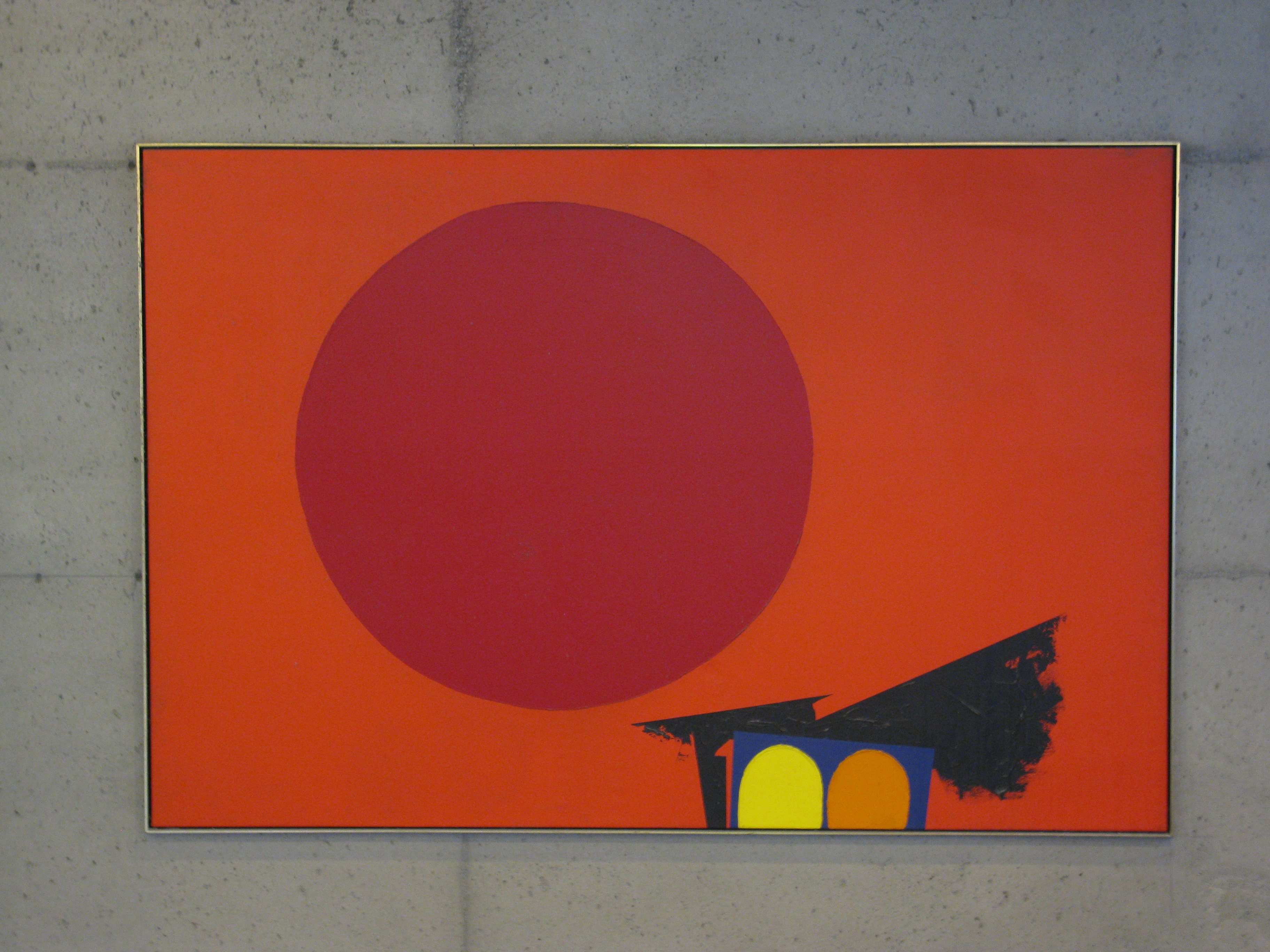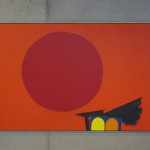

Luis Feito was born in Madrid in 1929 and studied at the San Fernando School of Fine Arts. His travels led him to Paris in 1956. As a figure of the avant-garde movement, he had exhibitions in France and in Spain.
Feido, who connected with lyrical abstraction, founded the El Paso group (1957) – one of the most influential movements of Spanish painting of the second half of the 20th century. His art was displayed at the Musée du Québec in Quebec, at the Musée d’art contemporain and at the Galerie Gilles Corbeil in Montreal. He lived in Montreal from 1981 to 1983 and moved to New York at the start of the 1990s.
His art is on display in many renown museum collections including the Guggenheim Museum in New York and the Musée national d’art moderne de Paris. As an internationally renown artist, Luis Feito won several awards including one at the 1st Paris Biennale in 1959 and the David Bright Award at the 30th Venise Biennale reserved for artists under the age of 45. He was also invited to join the Ordre des arts et des lettres de France. He now lives in Madrid.
His first paintings include figurative elements : the stroke of his pencil dominates the paint of his brush. After briefly exploring cubism, Feito focused more on lyrical abstraction.

Artwork description
In this monumental painting, the contrast between the giant red circle and the orange-tainted background creates tension between the two surfaces. The round shapes in the lower right corner: one being bright yellow and the other yellow with hints of orange are enclosed in a rectangle. Though all the elements of the piece seem to be controlled and geometric, the poetry appears in the discontinuous black trace. This piece was not conceived for such a vast environment, yet integrates it perfectly. Its luminosity makes the crude concrete walls shine and its vibrant colors echo the structural elements of the building, also painted with zesty colors.
Most of Luis Feito’s pieces of the 1960s belong the lyrical abstraction current. In this piece, the artist oscillates between geometrical abstraction – by the geometrical approach of the forms, the contrast between the monochromatic circle and its solid color background – and lyrical abstraction – with the black strip made by a gestual yet reserved spatula stroke.
Ocher, black and different shades of white coexist in this artist’s art until 1960, when he chose to add a red spot, creating a counterpoint to the squirt of black paint. He then paints with a dense solution of sand, fine gravel and linseed oil, while using a a more incongruous pallet with shades of green and yellow. The shapes are mostly round. Progressively, his brush movement slows down and becomes much more restrained, compared to other lyrical painters. The paste is less thick and the tint areas are more colorful. This period ends with a series of white paintings.The paste is less thick and the flat tints are more and more coloress. This period ends with a series of white paintings.
In the 1990s, he then proceeds to work with angular shapes (particularly the triangle) which invade the space, in which his movement would resurge along with of lyrical abstraction. Since the early 2000’s, the red colour, applied with larger movements, mingle predominatly with black and white.

